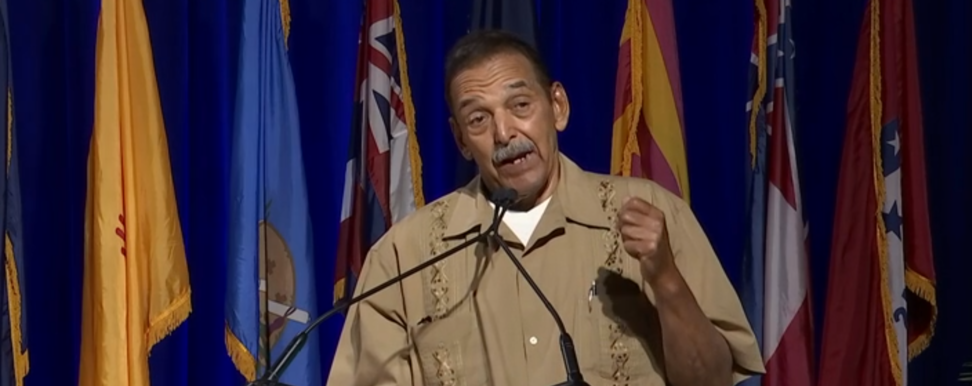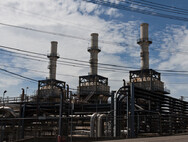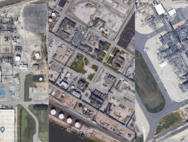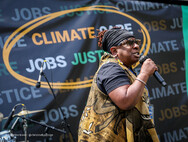

Media
Media
Share this page:
In Our Words
Insights and opinion at the intersection of injustice, health, and chemical contamination — from EJHA and our partners.
Steve Taylor
(802) 251-0203 ext. 703
staylor[at]comingcleaninc.org
Sustainable Chemistry Cannot Deliver Environmental Justice Unless Fenceline Communities are Protected
March 5, 2025
So-called sustainable and/or green chemistry is being promoted in many circles as a means to both harness chemistry innovation to support more sustainable economies and reduce the environmental and public health impacts of chemical manufacturing. As we work to build research and policy which deliver health protections and justice to communities most impacted by the toxic harm of the chemical industry, we must critically examine sustainable chemistry initiatives and ask who will benefit from the technologies and practices. When something is promoted as “sustainable chemistry,” who is it sustainable for? Read more of this joint blog from Coming Clean and EJHA.
Read MoreBeware the Toxic Chemicals at Dollar Stores
December 3, 2024
Jose Bravo, Coordinator of the Campaign for Healthier Solutions, calls on dollar stores to do more to get toxic chemicals out of the productst they sell. "The nation’s largest dollar stores continually fail to meaningfully strengthen their chemical policies and intervene in their supply chains to keep their shoppers safe."
Read MoreCampaign for Healthier Solutions testing dollar store products as dollar stores lag on chemical safety
June 18, 2024
On May 29, 2024, representatives of the Campaign for Healthier Solutions attended Dollar General’s annual shareholders meeting in Goodlettsville, Tennessee, urging the company to commit to eliminating chemicals of concern from its supply chain. After the company failed to make any new commitments to strengthen its chemical policy or expand its restricted substance list, representatives from the campaign delivered a letter to company executives urging additional action, and announced that they were actively testing Dollar General products for chemicals linked to health conditions like cancer, learning disabilities, and reproductive harm.
Read MoreEPA’s actions to lower cancer-causing emissions are leaving too many communities behind
August 14, 2023
This April, the Environmental Protection Agency (EPA) announced a proposal to significantly reduce emissions of toxic and other harmful air pollution from chemical plants, with the goal of dramatically reducing the number of people who face elevated air toxics-related cancer risks. Coming Clean and the Environmental Justice Health Alliance (EJHA) both applauded this proposed rule, and encouraged members to submit public comments supporting its finalization. However, as our networks reviewed the details of this rule, and the list of facilities that it would actually regulate, many of our members soon realized that it wouldn’t impact all the facilities emitting cancer-causing chemicals in their neighborhoods.
Read MoreSpotlight on Black Environmentalists: Q&A with Michele Roberts
December 23, 2022
Michele Roberts, 62, has worked in the environmental justice space for more than 20 years. Now she advises the Biden administration as a member of the recently-formed White House Environmental Justice Advisory Council, while also serving as national co-coordinator for the Environmental Justice Health Alliance for Chemical Policy Reform. Now a longtime resident of northeast D.C., Roberts also created a community-based special justice arts program based out of her church in her hometown of Wilmington, Delaware.
Read MoreMedia Share this page: |
What Is Environmental Justice? | Campaign for Healthier Solutions | Campaign for Healthier Solutions |
THE ENVIRONMENTAL JUSTICE HEALTH ALLIANCE IS IN STRATEGIC PARTNERSHIP WITH COMING CLEAN
info@comingcleaninc.org • (802) 251-0203 • EJHA – Coming Clean, 28 Vernon Street, Suite 434, Brattleboro, VT 05301
© 2025 Coming Clean Inc.




